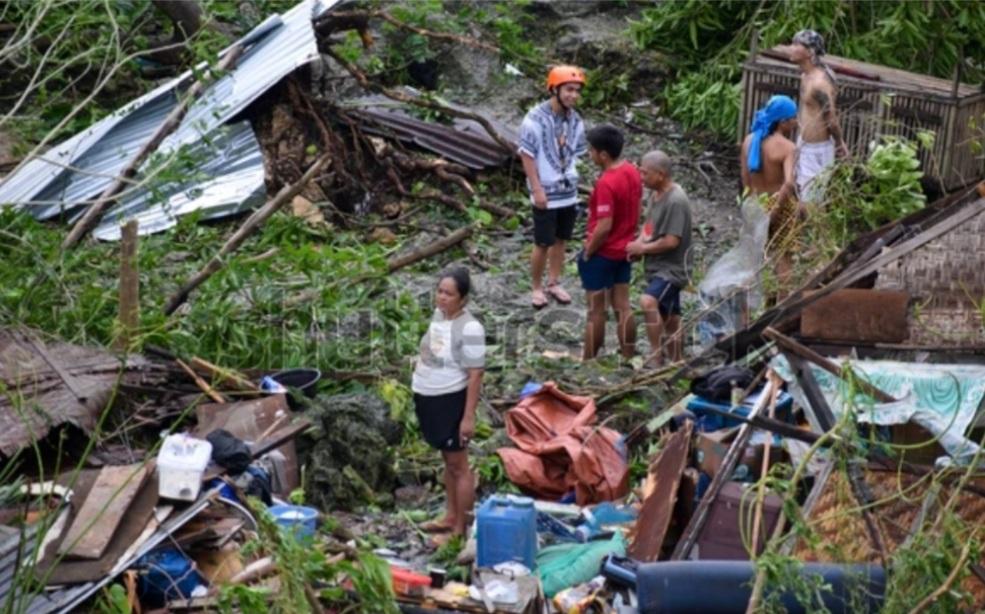
File Photo: Aftermath of Typhoon Odette, Lapu-Lapu City, Cebu, December 2021
The Philippines has long been seen as disaster-prone and vulnerable. According to the 2018 World Risk Report, it ranked third among the world’s most dangerous countries. The geographical location and makeup of the country play a significant role. The Philippines is an archipelago made up of many small islands surrounded by water. It is also located within the Typhoon belt and the “Ring of Fire” and between the Eurasian and Pacific tectonic plates. Typhoons, tsunamis, earthquakes, and volcanic eruptions, for example, are usually always disasters waiting to happen – literally.
Typhoon Odette recently hit the Visayas and Mindanao regions, causing widespread devastation. The most recent eruption of Taal Volcano occurred in 2020, affecting around 736,000 people. Filipinos constantly experience a barrage of natural disasters, and yet, a study from the Harvard According to the Humanitarian Initiative (HHI) in 2018, 47.5 percent of all respondents claimed they had done nothing to prepare for a disaster in the previous five years, and only 36 percent felt adequately prepared.
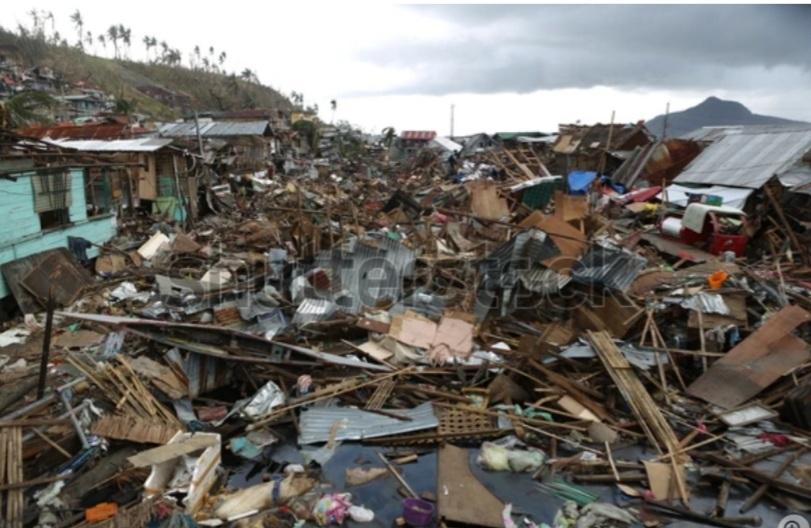
November 2013. Tacloban, Philippines. Typhoon Haiyan, known as Super Typhoon Yolanda in the Philippines, was one of the most intense tropical cyclones on record.
Still, there seems to be hope in encouraging Filipinos to start prioritizing their safety and investing in disaster preparedness. In the same Harvard study,4 many of the respondents said if they had enough funds and resources, they would definitely be willing to prepare ahead. This shows that, in spite of it all, Filipinos do want to be ready.
So, what can we as individuals do to make sure that we are well-equipped when the next typhoon, earthquake, or volcanic eruption hits? The first step is to know your location well. Is it prone to flooding? How far away is it from the nearest volcano? Is it close to a fault line? All this information can be found with just a click of a button, thanks to digitalized documentation efforts led by the Philippine Institute of Volcanology and Seismology (PHIVOLCS) and the Department of Science and Technology (DOST). (Link: https://www.phivolcs.dost.gov.ph/index.php/gisweb-hazard-maps)
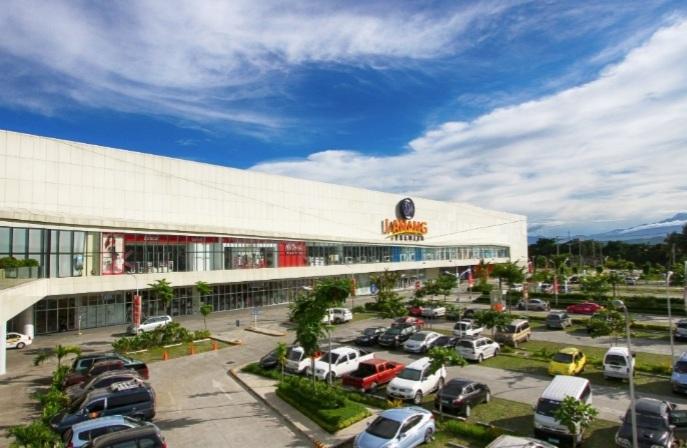
SM Lanang Premier in Davao has a rain water catchment tank with a capacity of 600 cubic meters
Once you have assessed your location’s vulnerabilities, now you can actively prepare yourself and your home for any incoming calamities. Check your house for any damages, and if it is made from materials that can withstand ground movement or strong winds. Keep a Go Bag with emergency resources accessible, both in your homes and places of work.
Finally, make it a habit to listen to the radio and the news for any updates, and monitor your local government unit’s social media for any announcements. Familiarize yourself with as many routes as you can to your nearest evacuation center. Schools, barangay courts, and even malls like SM Supermalls often open their doors to receive evacuees in times of crisis.
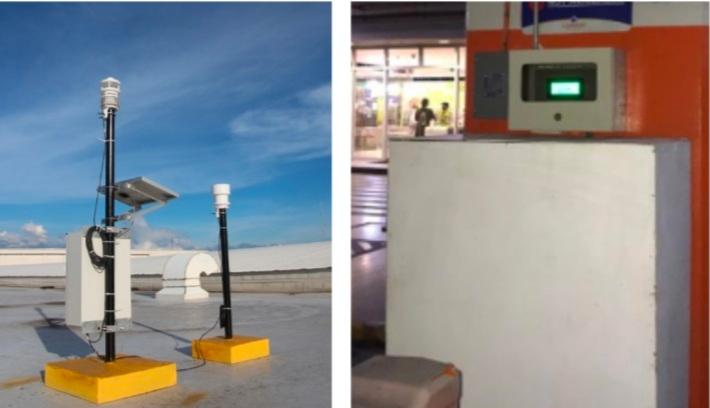
SM DRR Facilities: (Left) Automated Weather Stations: SM Prime Holdings, Inc. has inked a partnership with the Manila Observatory for the “High Definition Clean Energy, Climate, and Weather Forecasts for the Philippines” Project, a data-driven system that utilizes automated weather stations (AWS) and high-performance computer modeling to provide clean energy and weather forecasts up to five days in advance. (Right) SM has also installed Earthquake Recording Instrumentations (ERI) on all malls for earth movement real time monitoring being recorded in an ERI dashboard.
SM, as a responsible member of the community, has taken disaster resilience as a necessary investment to help ensure that our communities thrive. SM allots 10% of its capital expenditures to incorporate disaster-resilient features, of which installing water management design features is one of them. By ensuring that its investments, employees, tenants and partners are resilient, no Filipino will be left behind.
“It is simply not a matter of if, but when,” said Hans T. Sy, Chairman of the Executive Committee of SM Prime Holdings. “We already know that there will always be another typhoon, another earthquake, another natural calamity. Our best bet to avoid personal losses and damages is to be ready for when it comes.”
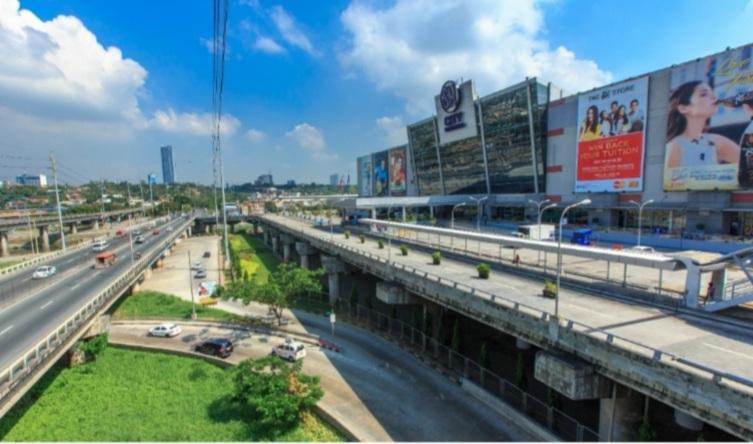
SM Marikina stands tall above a 23-meter Marikina River water lever rise because it sits on 246 stilts and an additional 20 meters farther than the suggested 90-meter distance from the Marikina River centerline
Some of SM’s notable resilient infrastructure is SM City Marikina and SM Mall of Asia, designed to help mitigate the effect of flooding in the community. Most SM malls feature disaster-resilient designs including SM City Puerto Princesa in Palawan wherein the mall es elevated approximately 1.40 meters from the City Road, thus preventing it to be flooded from the heavy rain throughout the year. SM City Consolacion in Cebu has an adequately designed draining system discharging to adjacent creek and area surface drain along the perimeter walls.
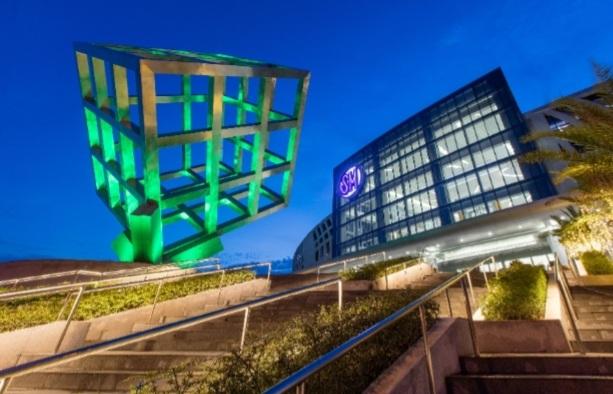
SM Seaside City Cebu’s protection against storm surges is provided by elevating the site above mean sea level, thereby allowing the mall to be a place of refuge during times of flooding. The complex road was constructed 4.0m (not 3.0m) higher than the city road. Instead of flood barrier walls as a solution to the threat of flooding, the building’s main floor was also elevated at 4.0m (not 4.5m) from the complex roads. The first level was designed to be a parking area with a 4.0m elevation difference from the main floor.
“We often ask ourselves – how else can we make it better for the people? We don’t want to just simply build malls, but more importantly, we make sure that our developments improve the lives of the community by adding disaster-resilient features to help mitigate the potential effects of disasters,” Sy added.
For more information on SM Prime Holdings and its other programs towards disaster preparedness, visit their website at www.smprime.com.
ABOUT SM PRIME HOLDINGS
SM Prime, one of the leading integrated property developers in Southeast Asia, remains committed to its role as a catalyst for economic growth, delivering innovative and sustainable lifestyle cities, thereby enriching the quality of life of millions of people. Sustainability and Disaster Risk Reduction and Resilience form part of SM Prime’s core business strategies. It ensures that its risk-informed investments catalyze sustainable development and positive change in the communities where it operates.

No Comments